Geological Hammer: An Essential Tool for Geologists
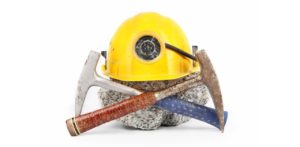
Introduction
When exploring the world of geology, a fundamental tool that every rock enthusiast and geologist should possess is the geological hammer. This versatile instrument, also known as a rock hammer or geology pick, is a critical companion for those studying rocks, minerals, and the Earth’s geological formations. In this comprehensive guide, we will delve into the various aspects of the geological hammer, including its definition, shape, construction, applications, and the correlation between its blows and rock hardness.
What is a Geological Hammer?
A geological hammer is a hand tool specifically designed for geological fieldwork. Its primary purpose is to break rocks, extract samples, and examine various geological features in the field. This indispensable tool comes in different shapes and sizes, each tailored to fulfill specific tasks during geological investigations.
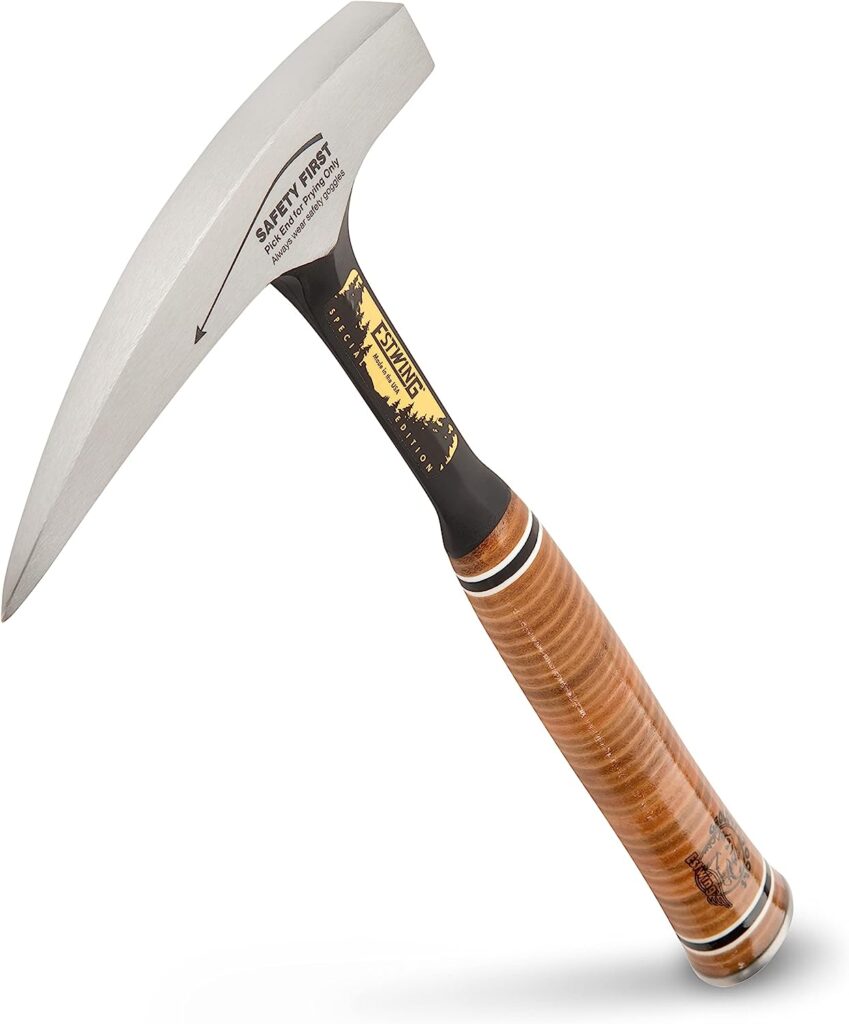
The Shape of a Geological Hammer
Geological hammers come in various shapes, with the most common ones being the pick-end hammer and the chisel-end hammer. The pick-end hammer typically features a pointed, sturdy metal pick on one end and a flat, hammerhead on the other. This dual design allows geologists to break rocks with the pick and strike them with the hammerhead.
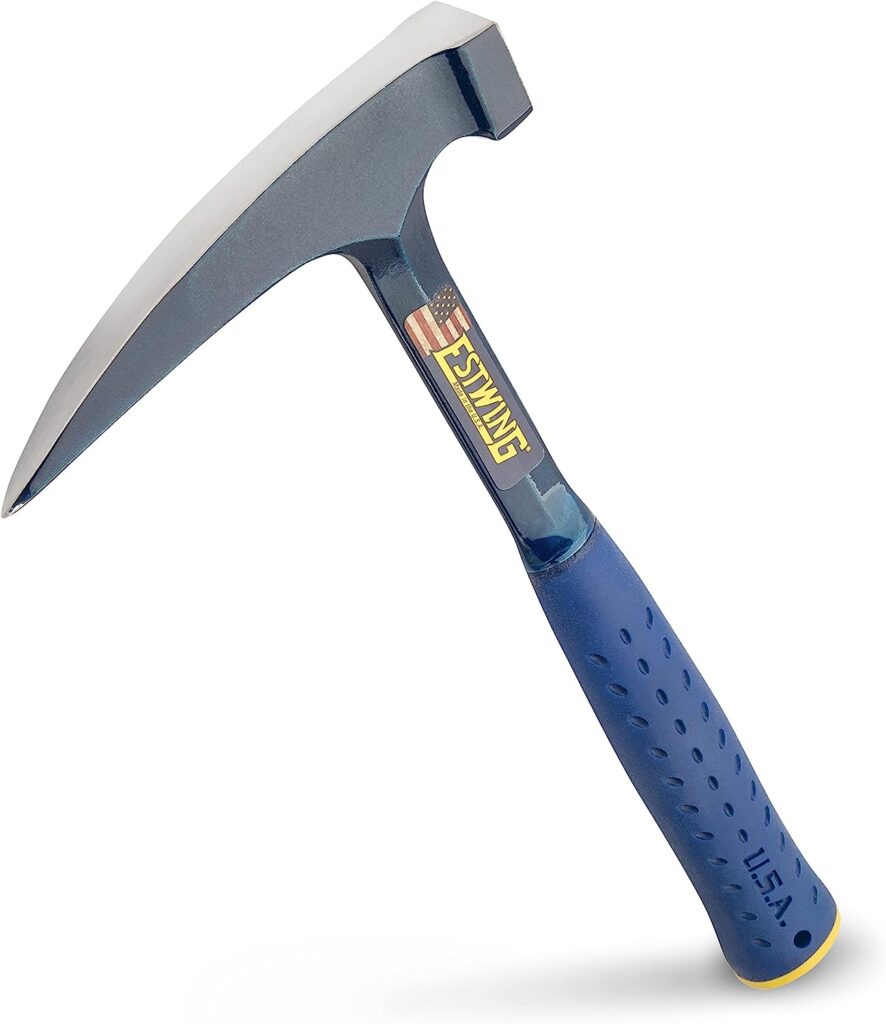
On the other hand, the chisel-end hammer has a chisel-like edge on one end and a hammerhead on the opposite end. The chisel edge enables precise splitting of rocks along natural planes or fractures, making it ideal for collecting geological samples without causing unnecessary damage.
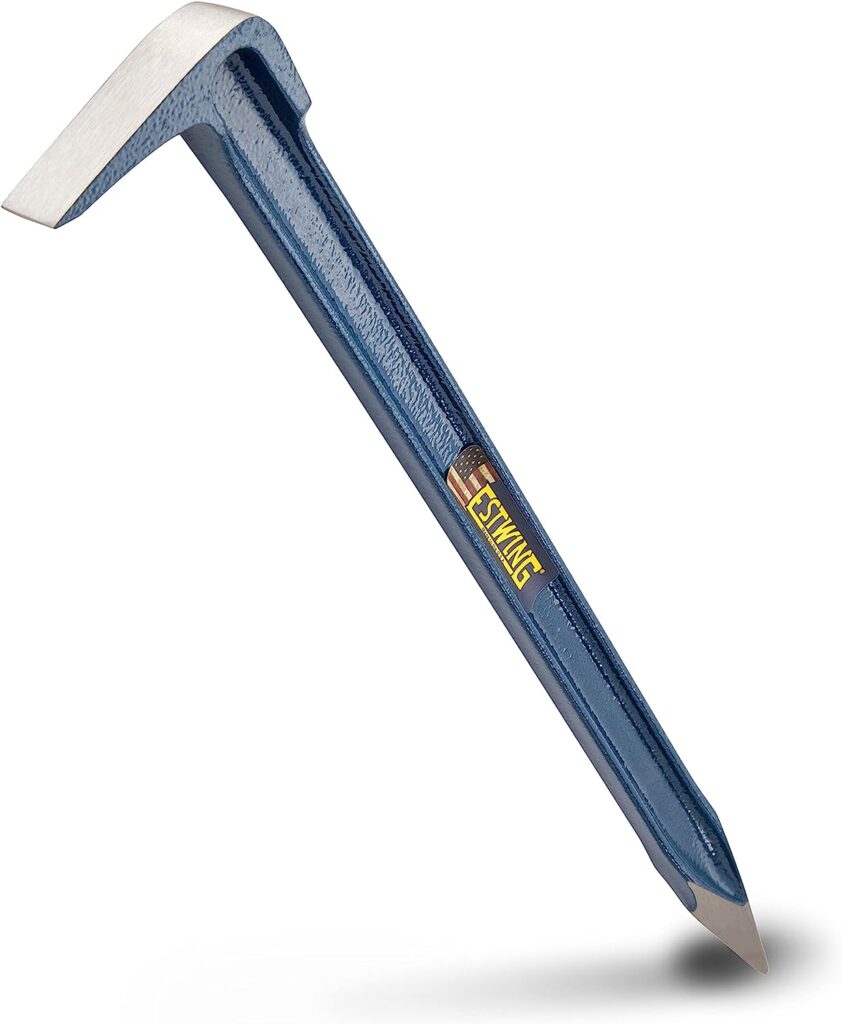
Construction of a Geological Hammer
Geological hammers are constructed with durability and functionality in mind, as they need to withstand the demanding conditions of fieldwork. The head of the hammer is usually made of hardened steel or a combination of steel and other durable metals, ensuring that it can withstand repetitive strikes against tough rocks.
The handle of the geological hammer is traditionally made of wood, but modern versions often feature fiberglass or metal handles. The choice of handle material depends on factors such as weight, comfort, and shock absorption. Some hammers also come with a rubber or leather grip, which enhances comfort and reduces the impact on the user’s hand during prolonged use.
Application of Geological Hammer
The geological hammer finds a wide range of applications in the field of geology, making it an indispensable tool for various professionals, including geologists, paleontologists, and mining experts. Here are some key applications of the geological hammer:
Rock Sampling and Identification: Geologists use the hammer to break off small samples from different rock formations for further examination and analysis in laboratories. These samples provide valuable insights into the composition and history of the Earth’s crust.
Field Mapping: During geological surveys and field mapping, geologists use the hammer to study the features and structures of rocks, helping them understand the geological history of a particular area.
Fossil Extraction: Paleontologists use specialized geological hammers to carefully extract fossils from rock formations, ensuring minimal damage to the delicate specimens.
Mineral Prospecting: Mineralogists and mining experts utilize geological hammers to assess the mineral content and potential of rocks in a given area, aiding in mineral exploration and resource evaluation.
Geotechnical Investigations: Engineers and geotechnical experts use geological hammers to evaluate the stability and strength of rock formations for construction projects, such as tunnels, dams, and foundations.

Correlation between Geological Hammer Sound and Rock Hardness
When geologists use a geological hammer to test the hardness of rocks, they rely on auditory and sensory cues. The “hammer test” involves striking the rock with the hammer and listening to the resulting sound and feeling the vibrations. While this method is not precise, experienced geologists can make reasonably accurate assessments based on their familiarity with various rock types and their hardness levels.
High Rock Hardness (e.g., Granite):
When a geological hammer strikes a very hard rock, such as granite, the resulting sound will be sharp and metallic. The vibrations transmitted through the hammer and handle will be minimal because the hard rock won’t show significant deformation.
Medium Rock Hardness (e.g., Limestone, Shale):
For rocks with medium hardness, like limestone or shale, the sound produced by the geological hammer will be less sharp and metallic compared to very hard rocks. There will be some vibrations felt through the hammer and handle, indicating a moderate level of deformation upon impact.
Low Rock Hardness (e.g., Gypsum, Sandstone):
Rocks with low hardness, such as gypsum or sandstone, will produce a dull and less resonant sound when struck by a geological hammer. The hammer and handle will vibrate more noticeably due to the higher degree of deformation caused by the impact.
It’s essential to note that while this method can give a rough estimation of rock hardness, it may not be accurate enough for precise geological classifications. For more detailed and reliable hardness determinations, specialized laboratory tests.
Always remember that proper training and experience are crucial for geologists to interpret the results accurately, as variations in rock composition, texture, and structure can influence the sound and feel of the hammer’s impact.
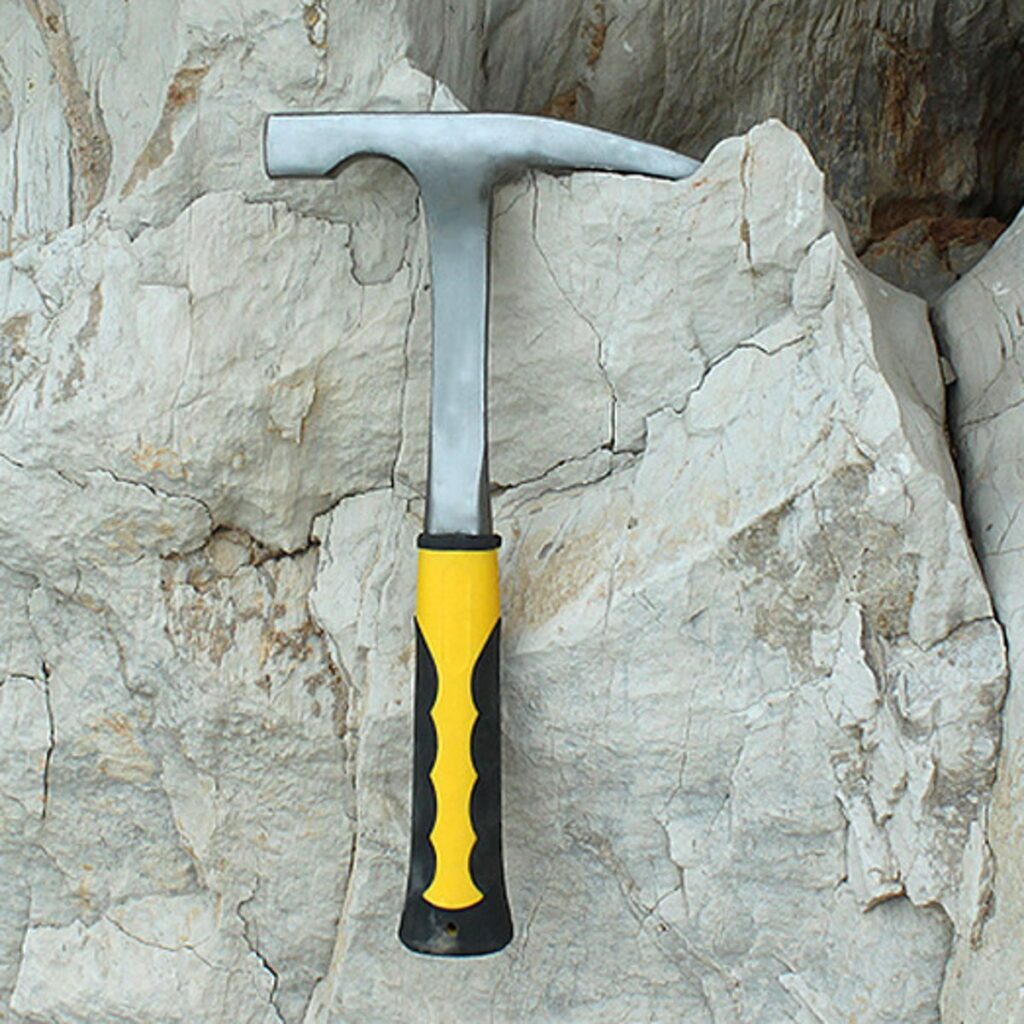
Conclusion: Embrace the Power of the Geological Hammer!
In the adventurous world of geology, where rocks whisper tales of Earth’s history and mysteries await discovery, the geological hammer stands as a trusty sidekick to every intrepid rock enthusiast and geologist. With its sturdy build, dual-ended versatility, and knack for revealing the secrets concealed within rocks, this humble tool has etched its place as an indispensable companion in the field.
From the resounding “clang” against granite’s unyielding fortress to the gentle “thud” on sandstone’s soft embrace, the geological hammer’s lively symphony leads geologists on a thrilling journey through Earth’s diverse geological formations. Armed with the hammer’s auditory clues and seismic vibrations, they decipher the tales hidden within layers of stone, piecing together the enigmatic puzzle of our planet’s past.
Through the geological hammer’s resilient blows, ancient fossils emerge like lost treasures, whispering stories of long-extinct life forms and vanished landscapes. As it carves through layers of time, geologists find themselves painting the portrait of geological epochs, unlocking the secrets of our ever-changing world.
So, as you venture into the realm of geology, remember the humble geological hammer—more than just a tool, it becomes an extension of your senses. Let it be your steadfast guide, unearthing the wonders of the Earth and sparking wonder and curiosity at every strike. Embrace its charm, cherish its melodies, and let it be the magical key that unlocks the door to the captivating world of rocks and their geological tales!
And with that, let the geological hammer be your symphony conductor, leading you on a thrilling geologic adventure, one strike at a time.

